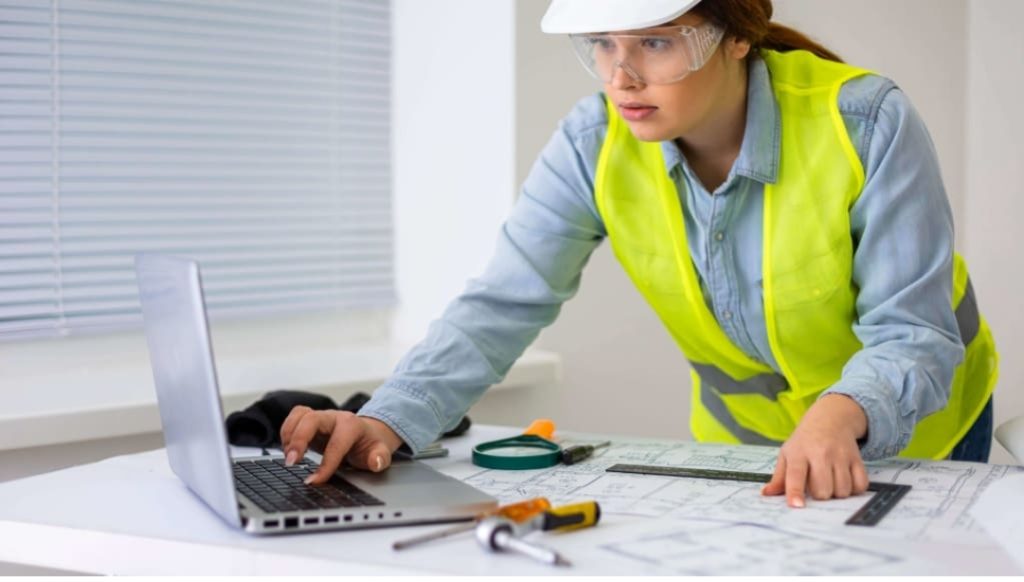Top 7 Tips to Save Money When Installing Air Conditioning
Installing air conditioning (AC) can be a significant investment, but with some careful planning and smart decisions, you can save a considerable amount of money. Here are the top 7 tips to save money when installing air conditioning. Whether you’re a homeowner or a business owner, these tips will help you get the best value for your money and ensure a comfortable indoor environment.
1) Proper Sizing
One of the most crucial aspects of AC installation is selecting the right-sized unit for your space. Installing an air conditioner that is too large or too small can lead to inefficiency, higher costs, and discomfort.
Why Size Matters
A unit that is too large will cool the space too quickly, causing it to cycle on and off frequently. This short cycling wastes energy and increases wear and tear on the system. Conversely, a unit that is too small will struggle to cool the space, running continuously and driving up energy costs. Both scenarios lead to unnecessary expenses.
How to Determine the Right Size
To determine the correct size, consider factors such as the square footage of your space, ceiling height, insulation quality, and the number of windows. Professional contractors use a formula called Manual J Load Calculation to figure out the optimal size for your AC unit. Hiring a professional to perform this calculation ensures that you get a unit that perfectly matches your needs.
2) Energy Efficiency Ratings
Investing in an energy-efficient air conditioning unit can save you a lot of money on your energy bills over time. Look for units with high Energy Efficiency Ratio (EER) and Seasonal Energy Efficiency Ratio (SEER) ratings.
Understanding EER and SEER
The EER measures how efficiently the air conditioner operates at a specific temperature, while the SEER measures the unit’s efficiency over a typical cooling season. The higher these ratings, the more efficient the unit.
Benefits of Energy-Efficient Units
Although energy-efficient units might have a higher upfront cost, they consume less electricity, leading to lower energy bills. Over the lifespan of the unit, these savings can add up significantly. Additionally, energy-efficient units are often better for the environment, reducing your carbon footprint.
3) Off-Season Installation
Timing your AC installation can also affect the overall cost. Scheduling the installation during the off-peak season can lead to substantial savings.
When is the Off-Season?
The off-peak seasons for AC installation are typically in the fall and spring. During these times, HVAC contractors are less busy, and you may find better deals and discounts.
Advantages of Off-Season Installation
By choosing to install your AC during the off-season, you can take advantage of lower prices and more flexible scheduling. Contractors may offer discounts or promotions to attract business during slower periods. Additionally, you’ll avoid the rush and potential delays that come with the busy summer months.
4) Negotiate Prices
Don’t be afraid to negotiate with contractors to get the best possible price for your AC installation. Here are some tips on how to do it effectively.
Get Multiple Quotes
Start by getting quotes from several reputable contractors. This will give you an idea of the going rates and provide leverage when negotiating.
Bundle Services
Consider bundling services if you need additional work done, such as duct cleaning or maintenance. Contractors may offer discounts for multiple services, which can reduce the overall cost.
Be Ready to Walk Away
If you feel that a quote is too high, don’t hesitate to walk away and consider other options. Contractors often prefer to lower their prices rather than lose a potential customer.
5) DIY Installation (if applicable)
For those with experience in home improvement and technical skills, a DIY AC Installation can be a cost-effective option. However, it’s essential to evaluate the feasibility and risks before proceeding.
Assessing Your Skills
DIY installation requires a good understanding of electrical work, plumbing, and HVAC systems. If you have experience in these areas, you might be able to handle the installation yourself.
Necessary Tools and Materials
Ensure you have all the necessary tools and materials before starting. This includes items like refrigerant, electrical wiring, and mounting brackets. You’ll also need access to the manufacturer’s installation guide.
Potential Savings and Risks
While DIY installation can save on labor costs, it’s important to consider the risks. Incorrect installation can lead to system damage, void warranties, and pose safety hazards. If you’re unsure, it’s best to hire a professional.
6) Rebates and Tax Credits
Take advantage of available rebates, tax credits, and incentives to reduce the overall cost of your AC installation. Many utility companies and government programs offer financial incentives for installing energy-efficient systems.
Research Available Programs
Start by researching programs in your area. Utility companies often provide rebates for customers who install energy-efficient AC units. Additionally, federal, state, and local government programs may offer tax credits or incentives.
How to Apply
Applying for rebates and tax credits typically involves filling out forms and providing proof of purchase and installation. Make sure to keep all receipts and documentation. Some programs may require an energy audit or inspection.
Financial Impact
These rebates and tax credits can significantly reduce the upfront cost of your AC installation, making it more affordable. Over time, the energy savings from an efficient unit will further enhance your financial benefits.
7) Maintenance and Upkeep
Regular maintenance and upkeep of your AC system are essential for prolonging its lifespan and ensuring efficient operation. This can help you avoid costly repairs and replacements in the future.
Routine Maintenance Tips
Schedule annual maintenance checks with a professional to inspect and tune up your system. This includes cleaning or replacing filters, checking refrigerant levels, and ensuring all components are working correctly.
DIY Maintenance
In addition to professional maintenance, there are several tasks you can perform yourself. Regularly clean the filters, keep the outdoor unit free from debris, and check for any signs of wear or damage.
Benefits of Regular Maintenance
By maintaining your AC system, you ensure it runs efficiently, which saves on energy costs. Additionally, regular upkeep can prevent small issues from becoming major problems, extending the life of your unit and reducing the need for expensive repairs.
Conclusion
Installing air conditioning doesn’t have to break the bank. By following these top 7 tips—ensuring proper sizing, investing in energy efficiency, choosing off-season installation, negotiating prices, considering DIY installation if feasible, taking advantage of rebates and tax credits, and maintaining your system—you can save money and enjoy a cool, comfortable indoor environment. Whether you’re upgrading an old system or installing a new one, these strategies will help you achieve the best results for your budget. Remember, a well-planned AC installation is an investment that pays off in comfort and savings for years to come.




